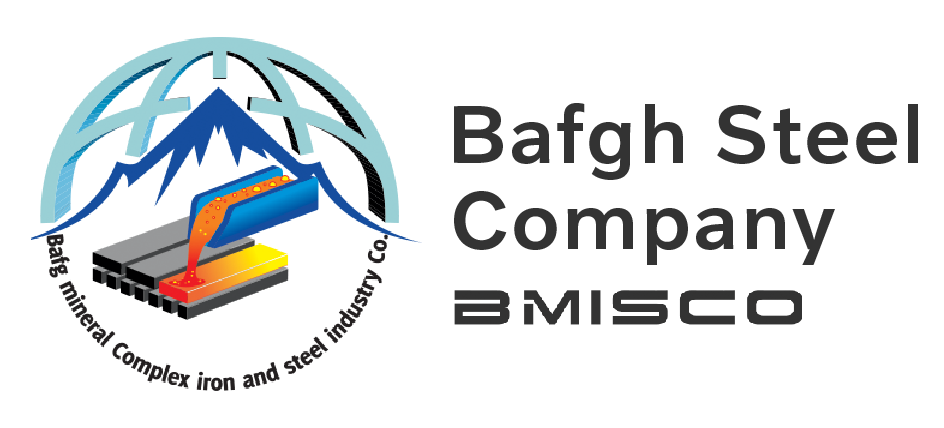Wire rods are manufactured from billets. This is accomplished by an extrusion process, whereby the red metal bar is pressed into the orifice of a die. The metal is forced against the die by hydraulic rams and the continuous form which emerges takes the shape of the die opening. Sizes vary but are often between 5 – 9 mm in diameter. This semi finished product consists of wire wound into coils each being secured with wire bands. These coils are usually consolidated into units of four coils bound together by metal strapping bands. Each unit is referred to as a ‘unitised bundle of wire rods’. Sometimes the coils are the same size as unitised bundles but the wire in the bundles is continuous. Approximate weights are between 1 – 1,5 tons, and the bundles on average measure about 1m diameter, 1,25 breadth.

Care in handling
Wire rods must be handled with care to avoid nicking, scoring, scratching and localised sharp bends and twists to the windings. In the circumstances, the forks on the fork-lift trucks need tio be protected or of cylindrical construction. The bundles or coils should be hoisted by means of ‘Cobra’ or braided wire slings; ‘C’ hooks are often used. When only part of the cargo space is filled with wire rods the ideal stowage position is against the after bulkhead, with the stow projecting forward of this. Adequate dunnage must be used to keep the goods clear of all metal parts comprising the vessel’s structure. All unwrapped mild steel wire is usually affected by rust at time of shipment, prior to which it is often stored outside and exposed to the elements for some considerable time. In most instances, fresh-water rust development is accepted as normal for these goods and is therefore of no consequence. If it is decided to load during rainy weather, care should be taken that not too much free moisture may collect on the tanktop and bank up at the aft end of the compartment as otherwise the bundled wire rod might actually be partially submerged in water. This water could become contaminated by chlorides from salt crystals left behind from previous sea water washings or rests of previous cargoes and/or impurities brought in with the cargo. If this occurs, those coils affected would sustain damage. Sea water has a devastating effect upon steel products and rapidly causes a serious rust condition to develop whereby the material may become pitted and eroded.

Wire rods are in most instances shipped in an unwrapped condition, and are therefore usually affected by rust. They are invariably stored in the open prior to shipment, so that it is not uncommon to observe water dripping out of the bundles when they are shipped. This is a hot drawn product which is subjected to further processing in order that it might be directed to a large range of end uses, such as the manufacture of nails, Galvanised Wire for fending (including barbed wire), road mesh, wire for pre-stressed concrete, to mention a few applications. When the wire is wrapped, this is an indication that the goods are destined for a fabrication of a more delicate nature, e.g. wire for musical instruments. Defects which develop during the time that the goods are in the care of the transporting vessel will ultimately provoke claims.
Many shipments of wire rods, in their condition as transported by sea, are eventually destined to be cold drawn. During this process the wire is forced through dies which reduce its gauge, and cause it to increase in length. Because of this, kinks and nicks in the wire are inadmissible, as when being drawn through the dies the wire can break. Even if the wire is not for redrawing such defects are undesirable, e.g. in the manufacture of road mesh, as these imperfections show up in the finished product. Disintegration of bundles during the voyage, caused by bad stowage, crushing and breakage of the strapping bands, is to be avoided as this leads to loose turns of wire which develop into tangling, intertwining and twisting of the wire. As a result of this, parts of the coils may have to be cut off and scrapped. If this is not the ultimate solution, depending upon the uses to which the wire is intended, tangling and twisting of the turns in the bundles results in loss of time on the production line and eventual insurance claims.
“Wire rod is used for many different products. Depending upon how it is cold formed and heat treated, wire is used, for example, to produce not only wire ropes, barbed wire, wire mesh and nails, but also springs, welded wire mesh and reinforcement wire.”
– Applications
New technologie
Wire rod is a long steel semi-finished product manufactured by hot rolling billets on continuous rolling mills. It has a round cross-section and is wound up in coils. Unlike other steel products, wire rod exhibits a significant commodity range variety; based on its chemical composition the following families of products and their differing corresponding uses can be identified:
- mild steel rod, used to manufacture welded mesh and drawn rods (black, annealed and coated)
- wire rod with medium or high carbon content, used to manufacture drawn
- welding rod
- special steel rods used in hot and cold die-pressing, drawing and extrusion.



